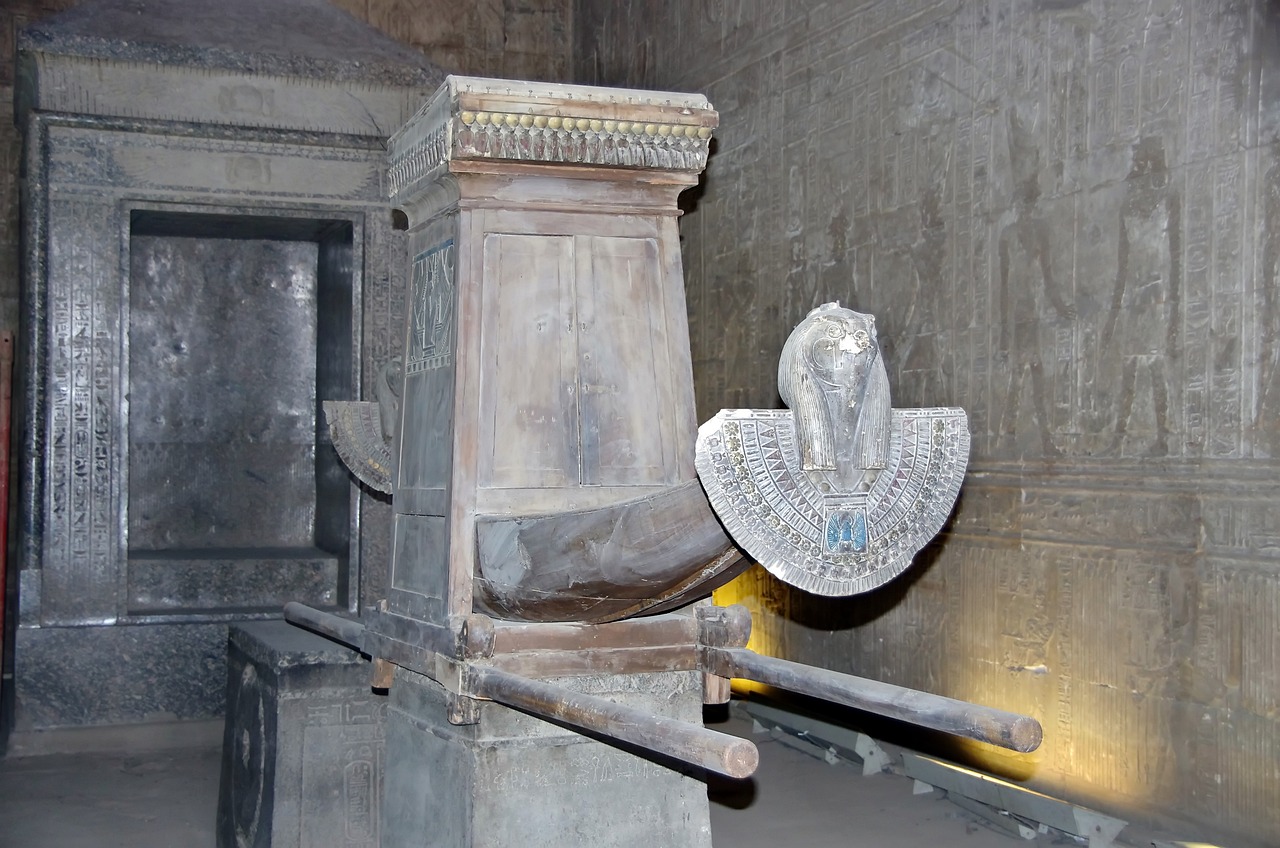Ancient Egyptian belief systems, encompassing indigenous practices from the pre-dynastic era (4th millennium BCE) until the decline of traditional culture in the early centuries CE, present a rich tapestry of religious significance. For a more comprehensive historical overview, one can reference the history of Egypt.
Overview of Beliefs and Practices
The religious practices in ancient Egypt were deeply intertwined with their societal structures from around 3000 BCE onward. While remnants of prehistoric traditions certainly influenced later practices, the establishment of the Egyptian state provided a transformative framework for religion. Religious phenomena permeated all aspects of life, making it difficult to isolate religion as a standalone entity. Instead, it must be contextualized within a broader spectrum of human experiences and values, some of which may not have been overtly religious.
Over the course of its extensive history, lasting more than three millennia, Egyptian religion saw various shifts in focus and practice. Nonetheless, there remained a consistent underlying character and style throughout different eras. It is crucial to understand that religion in this context was not limited solely to the worship of deities or individual piety. It encompassed various activities, including rites associated with the deceased, practices of divination and oracles, as well as the use of magic, often invoking divine elements.
Central Themes
Two pivotal focal points in public religion were the pharaoh and the pantheon of gods, which are quintessential to understanding Egyptian civilization. The pharaoh was considered a unique entity, straddling the line between mortals and deities, actively engaging in the divine realm, and erecting majestic funerary monuments reflecting his religious motivations for the afterlife.
Egyptian deities were renowned for their remarkable variety, frequently taking on animal forms or a combination of human and animal features. Among the most significant were the sun god, possessing numerous names and attributes, symbolizing various supernatural entities within a solar cycle reflective of night and day interactions. Osiris, the god overseeing death and lord of the afterlife, alongside his consort, Isis, gained particular prominence during the 1st millennium BCE, especially as solar veneration diminished.
Cosmic Perceptions
The Egyptians conceptualized the universe as a structured system where established order coexisted with chaos. At the center of this cosmos was Egypt itself, while the surrounding space symbolized discord. Maintaining this order against chaos was a principal responsibility assigned to the ruler. The inherently gloomy view of the cosmos was primarily related to the sun god and the associated solar cycle, strengthening the legitimacy of the king and elite in their endeavors to uphold order.
Despite the bleak implications of this worldview, representations in monuments were largely optimistic and depicted the interplay between the king and the gods in a harmonious and sustained relationship. This juxtaposition highlighted the delicate nature of order within a broader, disorderly context. The regulated nature of these artistic depictions played a crucial role in defining the acceptable standards of representation, including what could be portrayed, the manner of its depiction, and the appropriate contexts for such portrayals. The religious decorum established through these practices both reflected and reinforced the concept of order.
Records of these beliefs derive largely from artifacts and texts produced for the king and an elite circle, leaving scant insight into the religious practices and beliefs of the general populace. While it is reasonable to assume that the core beliefs of the elite did not starkly differ from those of the common people, the potential for divergence remains a possibility.



